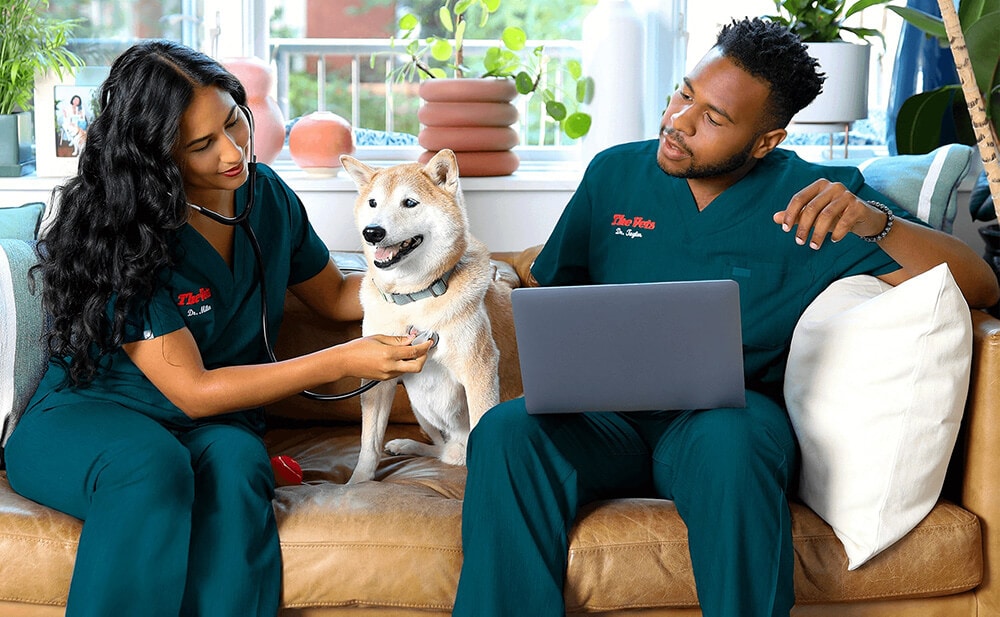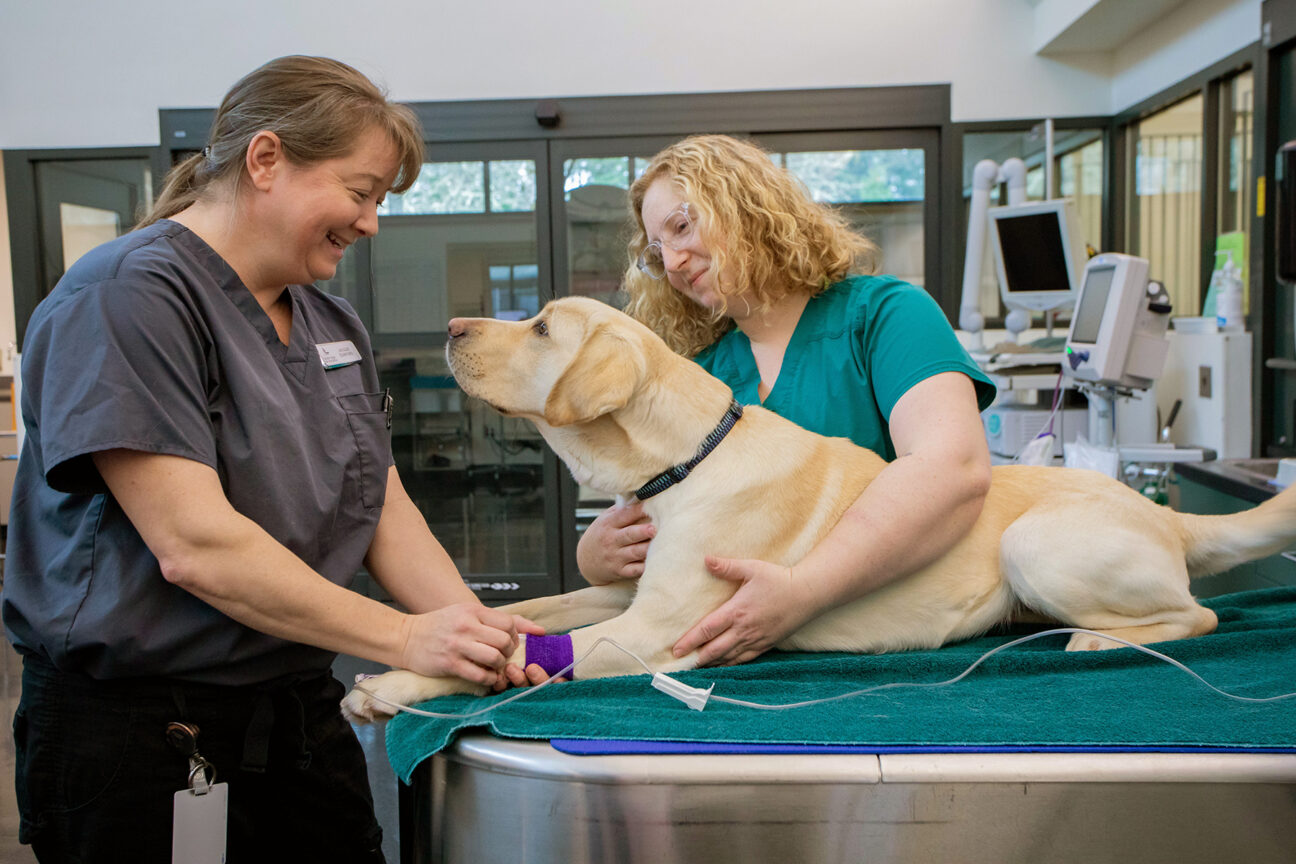Everything About Vet Surgical Procedure: Understanding the Significance of Professional Take Care Of Your Pets
Vet surgery is a crucial part of family pet healthcare. It includes different treatments, from routine elective surgical treatments to immediate interventions. Comprehending the intricacies of these surgical procedures can help animal owners make notified decisions. The preparation, execution, and recovery phases are essential for guaranteeing the health of animals. With proper understanding, owners can navigate the complexities of vet care. What aspects should be considered prior to a pet goes through surgical procedure?
Types of Veterinarian Surgeries
When a pet dog requires surgical intervention, recognizing the different kinds of veterinarian surgical procedures can assist family pet proprietors make informed decisions. Veterinary surgical procedures can be extensively categorized into 3 major types: elective, immediate, and emergency surgical procedures. Optional surgeries, such as spaying or neutering, are planned procedures that are not instantly dangerous. Immediate surgeries, like those for foreign body removal, should be performed quickly yet are not serious in the minute. Emergency situation surgeries, such as those attending to severe injury or inner blood loss, are important and require immediate attention.Additionally, surgical treatments can vary in complexity, ranging from minimally invasive laparoscopic procedures to extra substantial open surgical treatments. Each sort of surgery carries its very own risks and recuperation procedures. Comprehending these groups enables pet proprietors to participate in significant conversations with veterinarians, causing far better results for their precious pets.
Getting ready for Your Pet's Surgical treatment
Getting ready for a family pet's surgical procedure includes a detailed list to ensure all fundamentals are covered. Effective communication with the veterinarian is crucial for understanding the procedure and any necessary pre-operative steps - veterinary cardiologist near me. In addition, having clear post-operative care instructions will help proprietors offer the most effective support for their recouping pet dogs
Pre-Surgery Checklist Basics
Guaranteeing a smooth medical experience for a pet needs careful prep work and attention to detail. A pre-surgery checklist is important for family pet owners to follow. First, validating the scheduled surgery date and time is important. Proprietors should likewise confirm that their pet dog has not eaten according to the veterinarian's instructions, commonly for 8-12 hours before surgical treatment. Gathering necessary clinical records, consisting of inoculation background, is very important for the veterinarian's testimonial. It is also advisable to prepare a comfy area in your home for the family pet's recuperation after surgical procedure. Proprietors need to have a plan for transport to and from the veterinary facility, making certain that the pet is protected and comfy throughout the trip. Complying with these steps can considerably improve the surgical experience.
Interacting With Your Veterinarian

Reliable interaction with the veterinarian is essential for a successful surgical experience for family pets. Owners should be prepared to discuss their family pet's case history, including any kind of pre-existing problems, drugs, and allergies. This information helps the veterinarian evaluate threats and tailor the medical plan appropriately. In addition, pet dog owners ought to ask inquiries concerning the procedure, anesthetic, and anticipated results to assure they totally comprehend the procedure. Making clear any questions can alleviate stress and anxiety for both the pet dog and the owner. It is likewise vital to connect any behavioral changes or worries observed in the pet leading up to the surgery. Eventually, clear dialogue cultivates trust fund and partnership, making certain that animals obtain the ideal possible care throughout their medical trip.
Post-Operative Treatment Recommendations
After talking about the procedure with the veterinarian, pet proprietors should focus on post-operative care guidelines to facilitate a smooth recovery for their animals. These guidelines generally consist of monitoring the surgical website for indicators of infection, such as soreness or discharge. Pets might require to be maintained calm and confined to stop excessive activity that could disrupt healing. Pain administration is essential, so owners should follow the vet's guidance on providing medicines. Additionally, nutritional constraints may be encouraged to stay clear of gastrointestinal trouble. Regular follow-up consultations are necessary to guarantee correct recovery and resolve any kind of problems. By adhering to these post-operative care guidelines, pet dog owners can significantly contribute to their animal's recovery and general health.
The Surgical Refine Explained
The surgery for family pets encompasses vital actions that ensure their security and recovery. Pre-surgery prep work are necessary for decreasing risks, while post-operative treatment standards play a crucial role in advertising recovery. Comprehending these parts aids animal owners browse the surgical experience much more effectively.
Pre-Surgery Preparations
Before a pet goes through surgical treatment, numerous important prep work need to happen to ensure a risk-free and successful treatment. First, an extensive veterinary exam is vital to evaluate the family pet's general wellness and determine any type of potential dangers. This may include blood examinations, imaging, or various other diagnostics. The veterinarian will certainly also go over anesthetic options tailored to the family pet's specific demands. Furthermore, pet dog owners are generally instructed to hold back food and water for a defined time prior to surgery to reduce the risk of complications throughout anesthetic. It is very important for my company proprietors to provide a complete medical background, including any type of medicines or allergies, guaranteeing the surgical group has all necessary info. Appropriate communication and adherence to pre-surgery standards can greatly improve the result of the treatment.
Post-Operative Treatment Guidelines
Proper post-operative care is essential for making sure a family pet's recovery adhering to surgical procedure. After the treatment, animals ought to be checked carefully for any type of indications of issues, such as excessive blood loss, swelling, or unusual habits. It is very important to adhere to the vet's guidelines pertaining to drugs, consisting of pain relievers and anti-biotics. Family pets need to be maintained in a silent, comfortable environment to reduce stress and promote healing. Limiting task is essential; short, leashed strolls may be required, but leaping or running must be avoided. Regular follow-up visits ought to be more tips here scheduled to analyze the recovery procedure. In addition, the surgical website should be kept clean and completely dry, with any kind of indicators of infection reported to a veterinarian immediately. Complying with these guidelines boosts recuperation results.
Anesthesia and Discomfort Monitoring
Reliable anesthesia and discomfort monitoring are essential parts of veterinary surgical procedure, ensuring that pet dogs stay comfy and safe throughout the treatment. Vets assess each family pet's individual requirements, taking into consideration factors such as age, weight, wellness standing, and the kind of surgical procedure being performed.Anesthesia protocols typically consist of a mix of pre-anesthetic medications, induction agents, and inhalant anesthetics, enabling exact control over the animal's level of awareness. Surveillance during surgery is important; vets continually observe essential indications to attend to any kind of potential issues promptly.Pain administration techniques may include opioids, non-steroidal anti-inflammatory medicines (NSAIDs), and anesthetics, tailored to the pet dog's particular circumstance. This complex approach assists decrease pain and advertises a smoother surgical experience. By prioritizing reliable anesthetic and discomfort monitoring, veterinary specialists improve the total well-being of animals going through surgeries, ensuring they receive the highest standard of care.
Post-Operative Care and Recovery
Following surgical treatment, the focus shifts to post-operative care and healing, which is vital for guaranteeing a pet dog's risk-free return to typical tasks. Throughout this duration, pet dogs need a peaceful, comfy atmosphere to help recovery. Owners must carefully monitor their family pets for any signs of discomfort or unusual behavior.Veterinary standards usually consist of details instructions connected to drug administration, wound care, and dietary modifications. It is important to stick to these suggestions to reduce issues and advertise healing. Family pets might need to be limited from vigorous activities, such as running or leaping, throughout their recovery period (24 hour vet bellingham).Regular follow-up appointments with the vet permit surveillance of the animal's progress and timely adjustments to the treatment plan. Giving psychological assistance and friendship can additionally boost an animal's recuperation experience, aiding to ease anxiety and anxiousness. Generally, persistent post-operative care plays a substantial function in veterinary work achieving a successful recuperation
Identifying Problems After Surgical Procedure
Exactly how can pet dog owners recognize problems after surgical procedure? Awareness of details signs is necessary for making sure the health of animals throughout healing. Common indicators include extreme swelling, soreness, or discharge at the medical site, which may symbolize infection. Additionally, persistent discomfort, suggested by grumbling or reluctance to move, must motivate instant attention. Changes in hunger or water consumption can also indicate complications; a decrease in these habits may indicate pain or distress.Moreover, family pet owners ought to check their family pets for any uncommon actions, such as lethargy or trouble breathing, as these can be indicators of major concerns. Vomiting or diarrhea complying with surgical treatment might need immediate veterinary assessment. Recognizing these difficulties early can greatly impact an animal's recovery procedure, stressing the importance of alertness and punctual interaction with a veterinarian for any type of worrying symptoms.
The Function of Veterinary Specialists in Surgical Care
Veterinary professionals play a crucial role in ensuring the safety and success of operations for family pets, especially adhering to surgical treatment when checking and care are paramount. These professionals include vets, veterinary service technicians, and assistance team, all of whom add specialized abilities to the medical process.Before surgery, veterinarians carry out complete analyses to evaluate the pet's health and wellness, making certain that any type of underlying problems are managed. During the procedure, the medical team gives anesthetic, maintains clean and sterile environments, and monitors crucial signs, all vital for reducing risks.Post-operative care is equally considerable; veterinary professionals observe for complications, take care of discomfort, and overview owners on recuperation techniques. Their experience enables them to acknowledge very early indications of distress or infection, guaranteeing prompt treatment. Ultimately, the collaborative efforts of veterinary experts in surgical treatment promote a safe setting, promoting the wellness of pet dogs throughout the medical trip.

Regularly Asked Inquiries
How Do I Select the Right Veterinary Cosmetic Surgeon for My Pet?
Picking the ideal veterinary cosmetic surgeon includes researching certifications, reviewing testimonials, and evaluating the facility's environment. It is vital to reflect on the specialist's experience with specific treatments and their interaction design when deciding.
What Prevail Misconceptions About Veterinarian Surgeries?
Usual false impressions regarding vet surgical procedures consist of beliefs that they are constantly risky, unneeded, or just for emergencies. Lots of pet dog proprietors ignore the advantages of preventative treatments and the skill associated with vet medical care.
Exactly How Much Will My Family pet's Surgical treatment Cost?
The cost of an animal's surgical treatment can differ substantially based on variables such as the sort of treatment, the veterinarian's experience, and geographical place (tplo surgery for dogs). Generally, costs vary from a couple of hundred to numerous thousand bucks

Can My Animal Eat Prior To Surgical Treatment?
Before surgical procedure, it is usually suggested that animals refrain from eating for a specific duration. This fasting aids decrease the risk of problems during anesthesia. Owners must consult their veterinarian for specific guidelines tailored to their family pet's needs.
What happens if My Animal Has Pre-Existing Health Issues?
When an animal has pre-existing wellness problems, it's important for the vet to assess these aspects prior to surgery. This evaluation assurances ideal safety measures are taken, reducing threats and optimizing the family pet's total safety and security during the treatment.